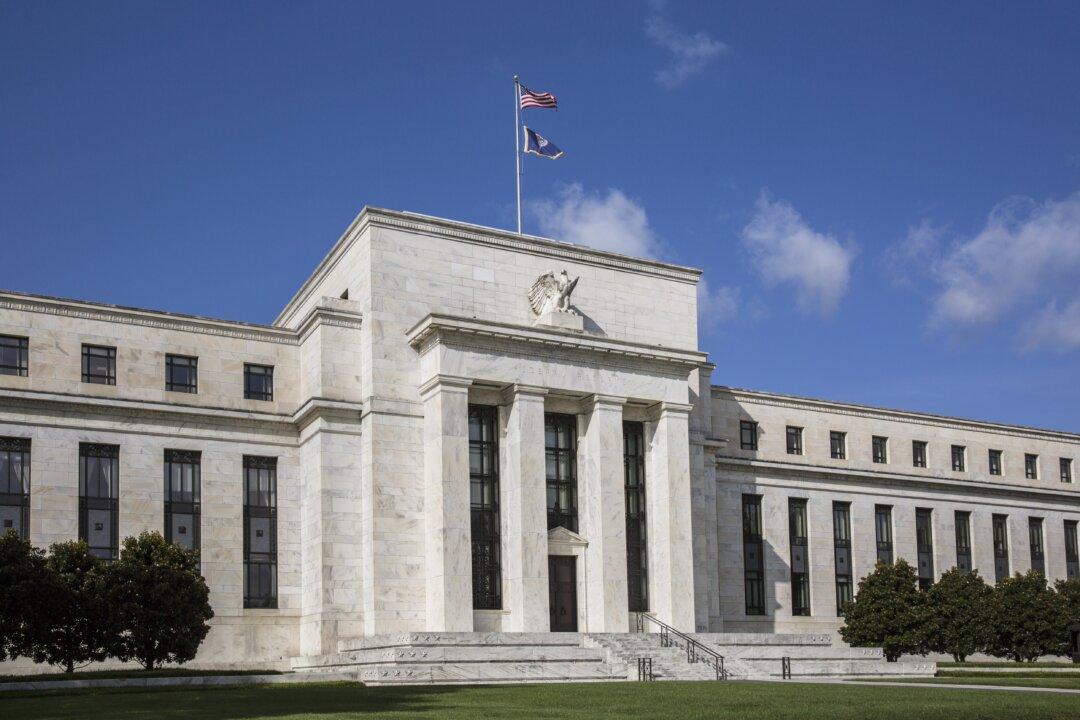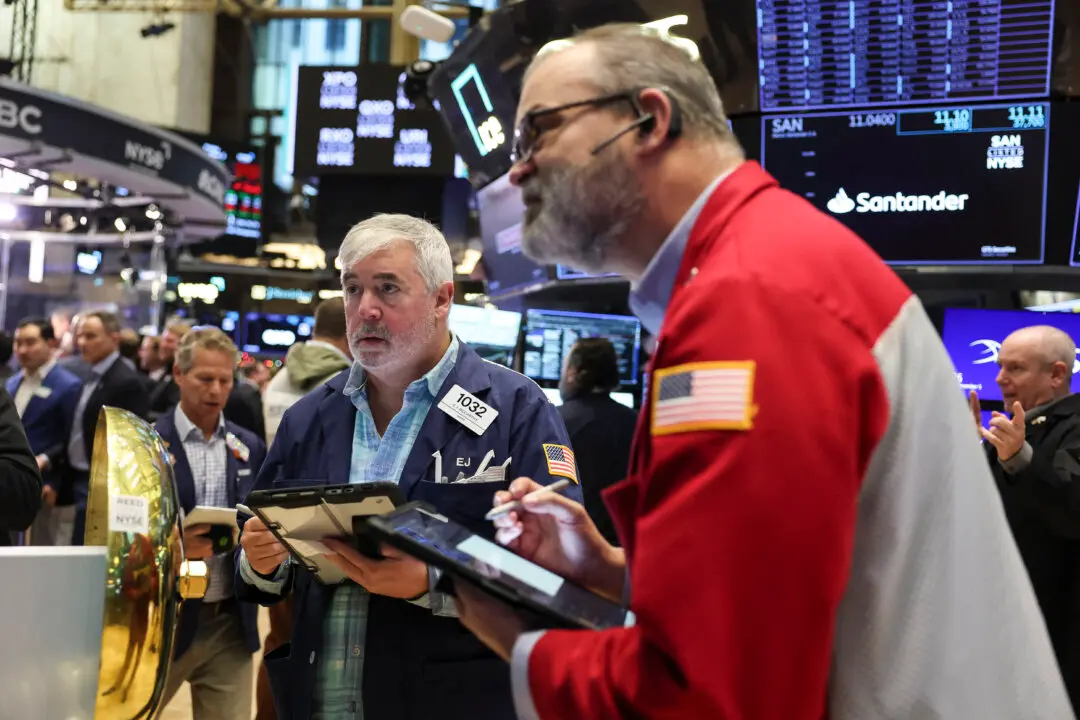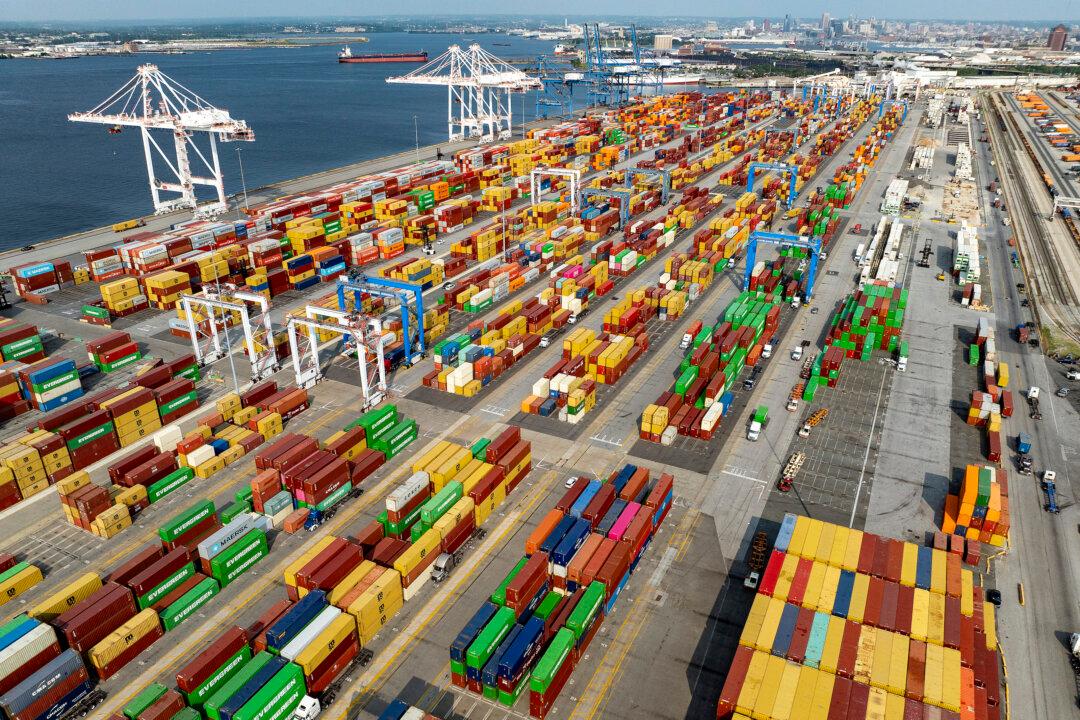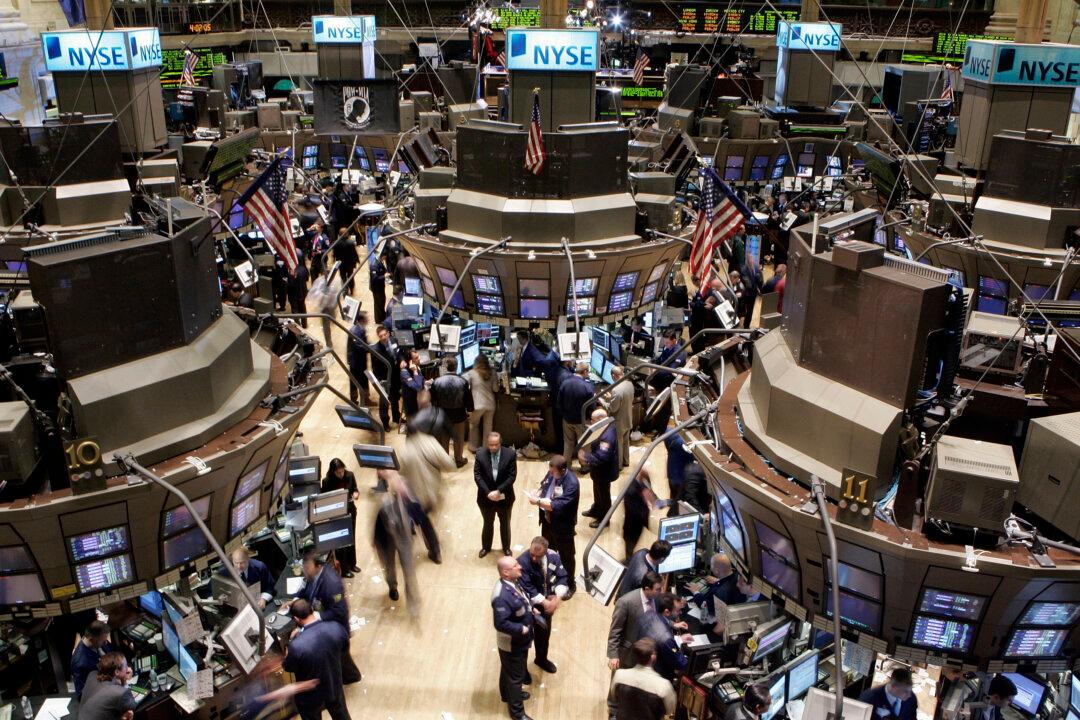Commentary
The market-implied federal funds rate indicates a string of cuts starting in January 2024 and culminating in a rate of 4.492 percent in January 2025. These expectations are based on the perception that the Federal Reserve will achieve a soft landing and that inflation will drop rapidly.





